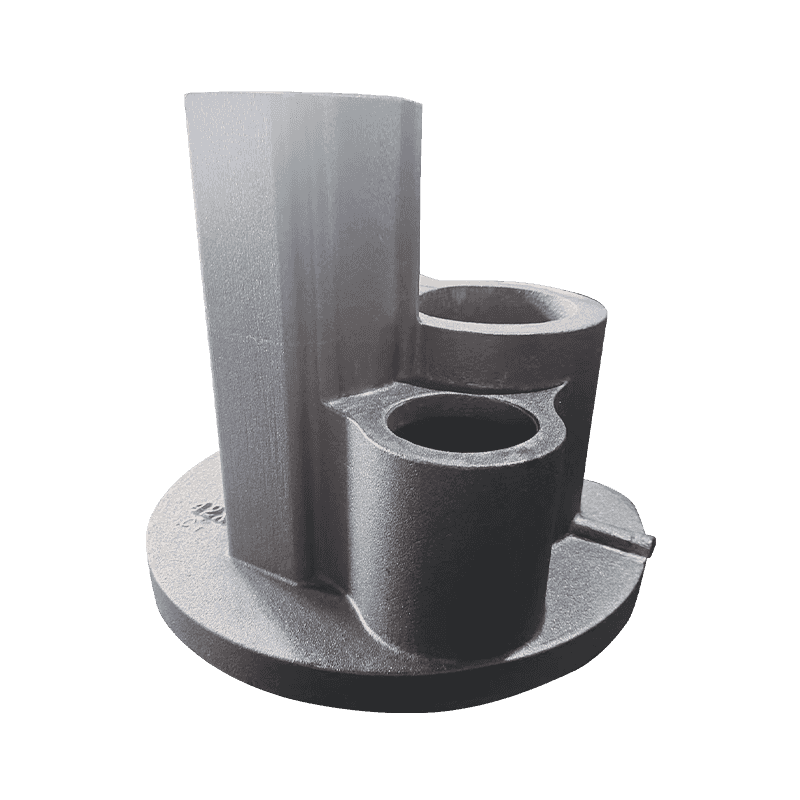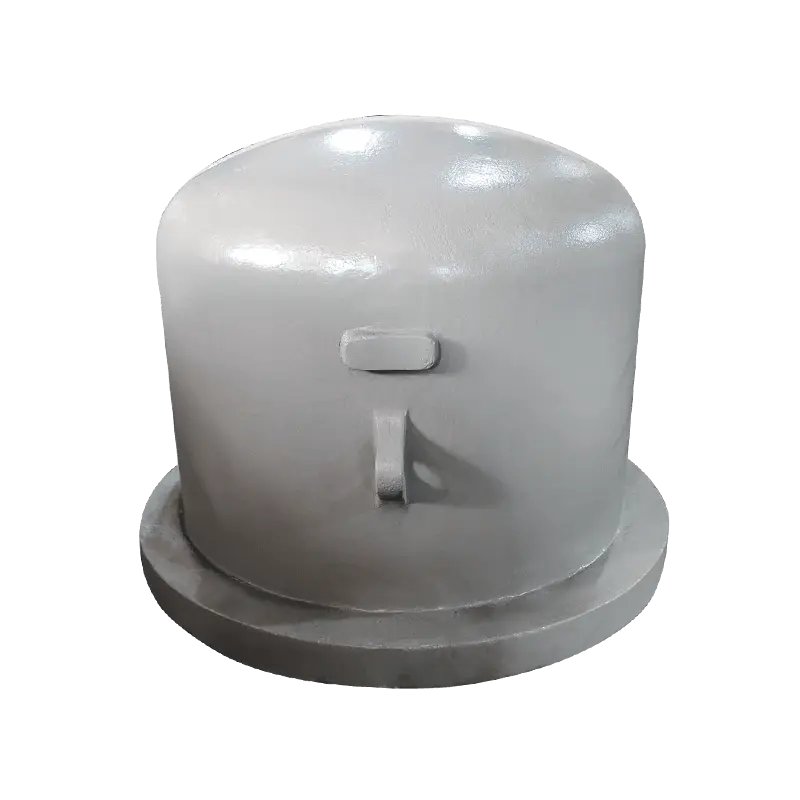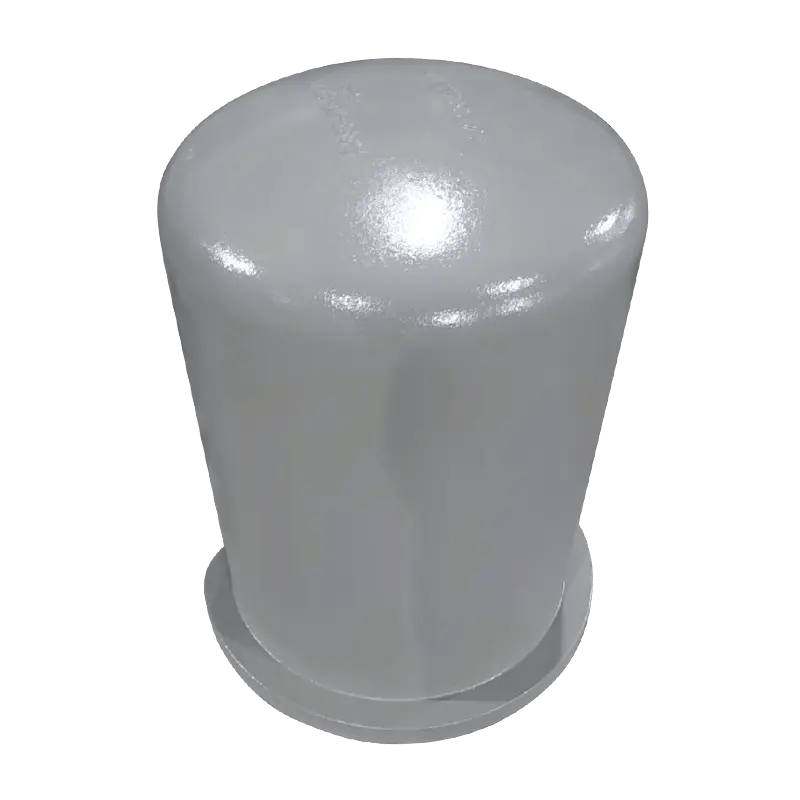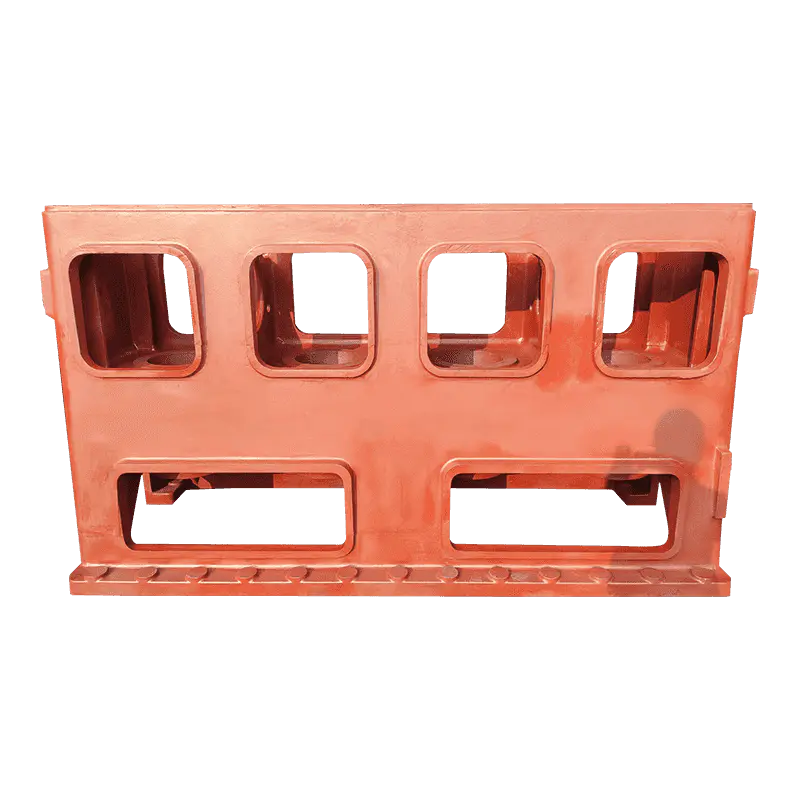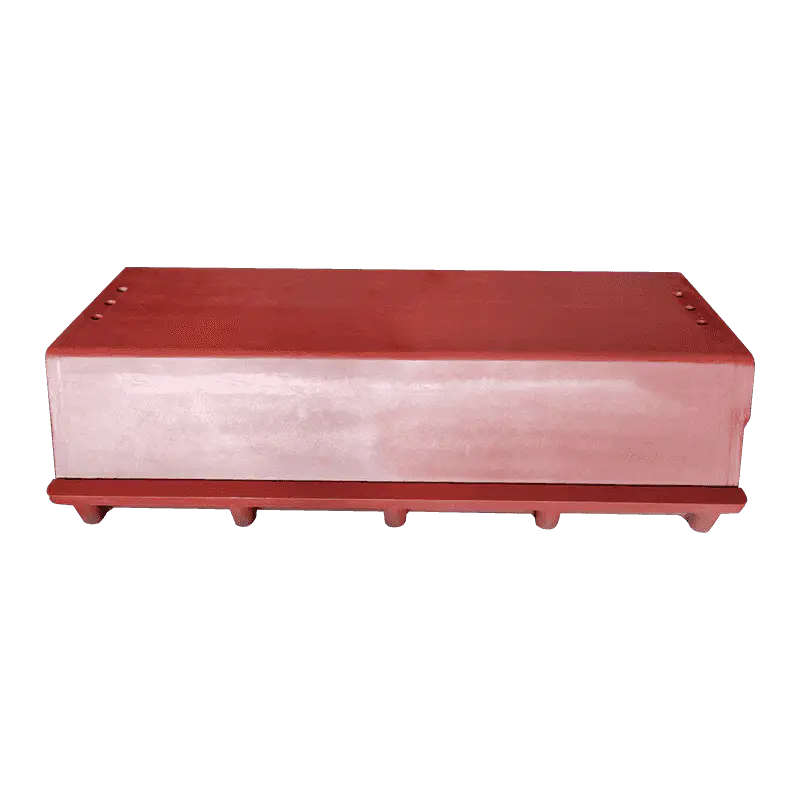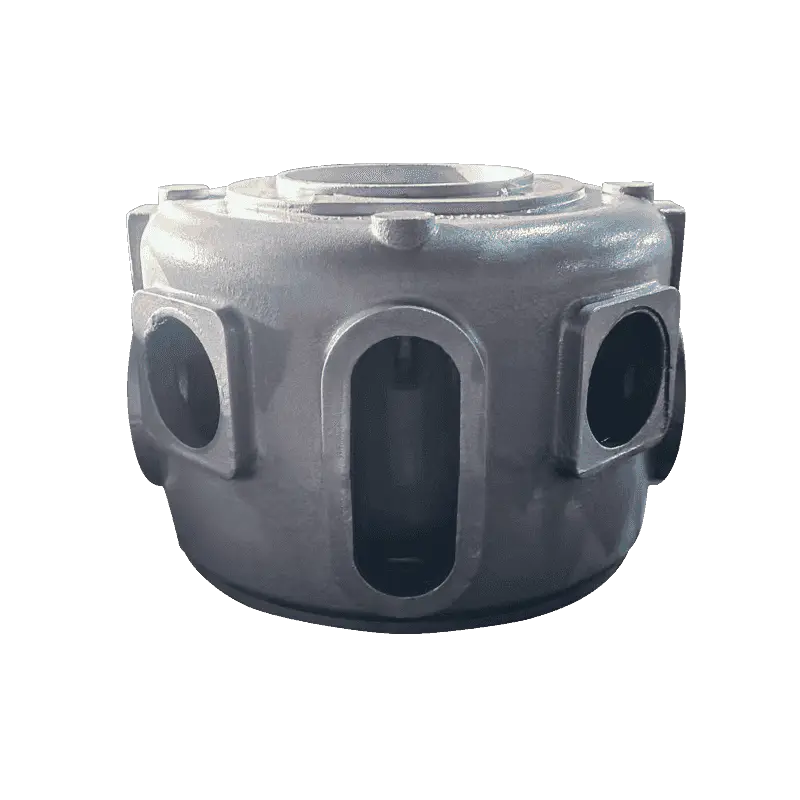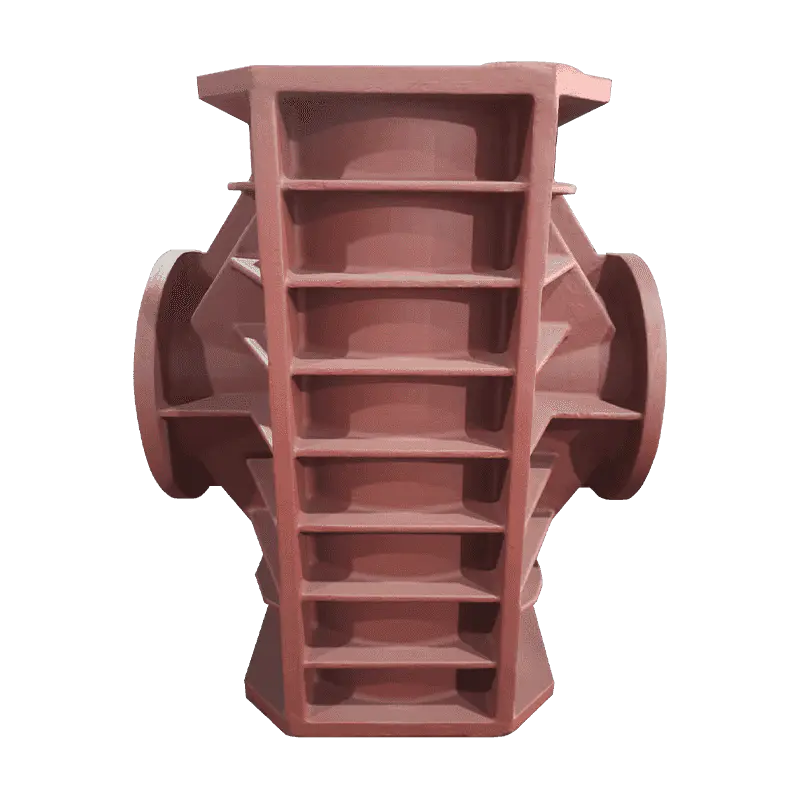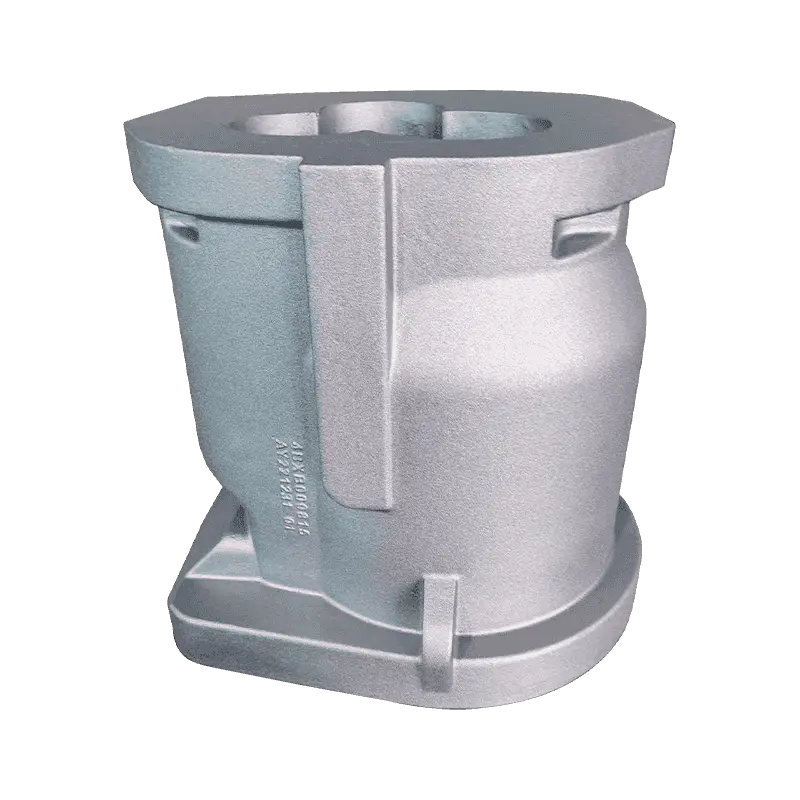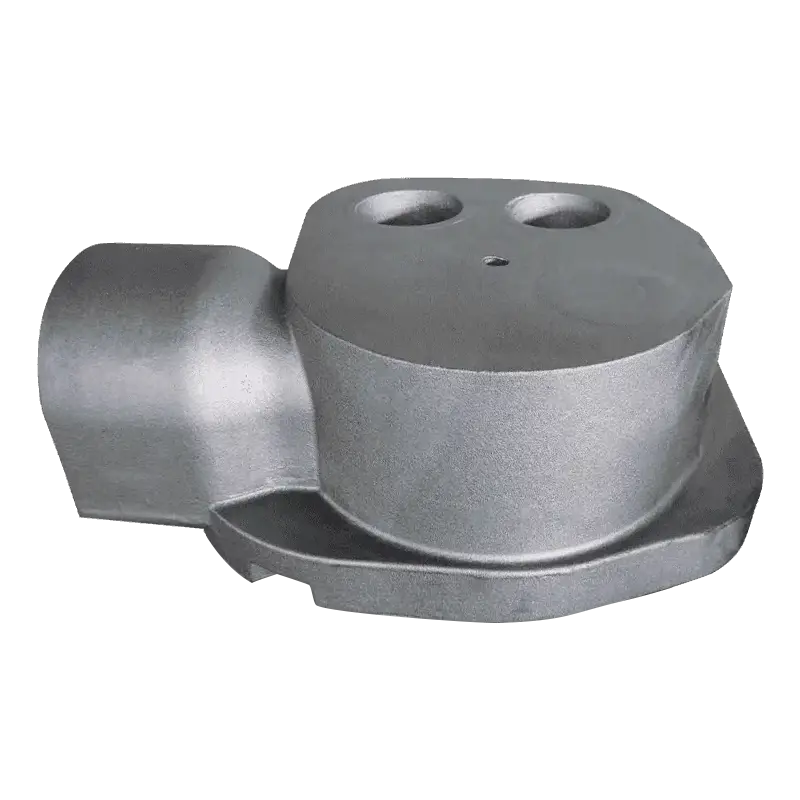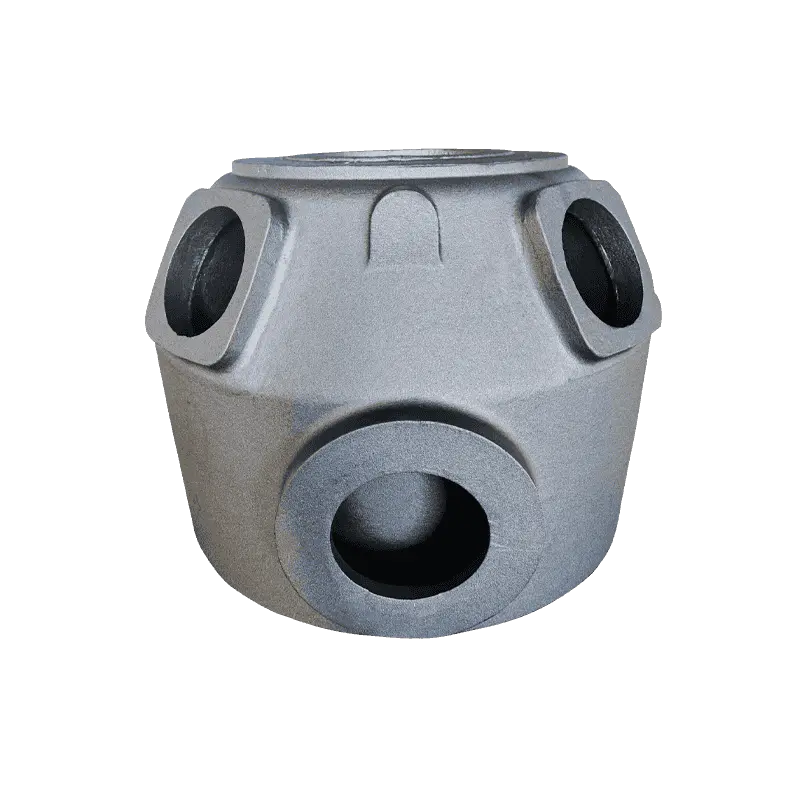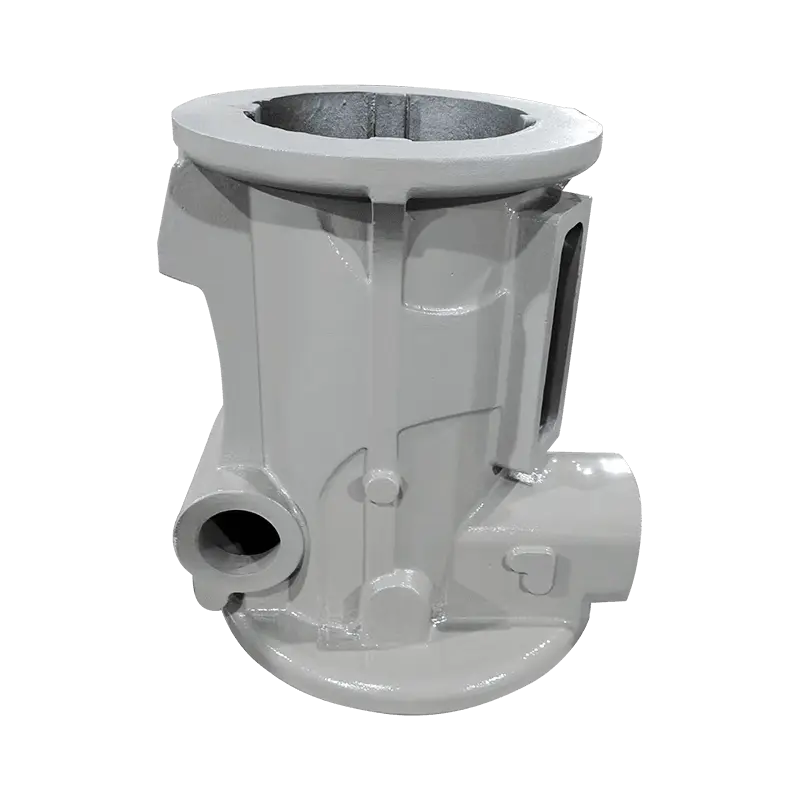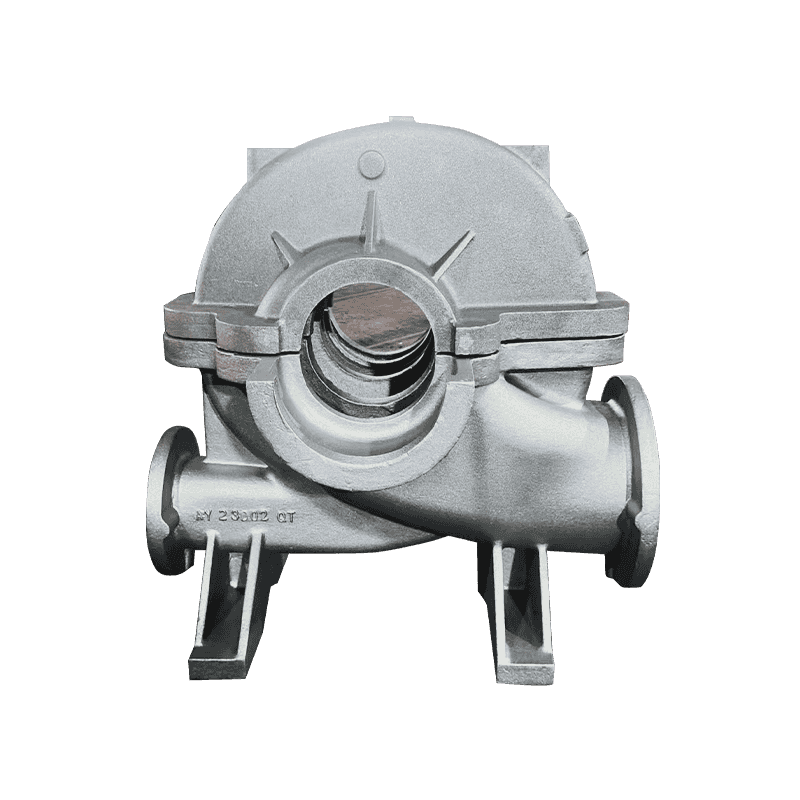Structural Integration with Impellers
The Pump Disc is a critical structural component that directly supports and aligns the impeller within the pump housing. In high-precision pump designs, the disc ensures that the impeller remains perfectly centered, maintaining correct axial and radial clearances between the rotating and stationary components. These clearances are vital to prevent unwanted contact between the impeller and the pump casing, which could otherwise result in friction, wear, or catastrophic damage. By stabilizing the impeller, the disc helps maintain a consistent flow path for the fluid, ensures uniform pressure generation, and enhances overall hydraulic efficiency. In addition, the disc can act as a guide for axial thrust, distributing forces evenly across the impeller and reducing mechanical stress on the pump shaft and bearings during high-speed operation or under fluctuating loads.
Sealing Interface and Fluid Containment
The Pump Disc frequently serves as a mating surface for mechanical seals or gaskets, which are essential for preventing fluid leakage in high-pressure or high-temperature systems. Its surface must be machined with exceptional precision to provide a stable, smooth interface with sealing elements. This ensures that the seals function effectively, minimizing fluid escape and preventing contamination of bearings and other critical internal components. In pumps handling aggressive chemicals, abrasive slurries, or viscous liquids, the disc’s interaction with seals becomes even more critical. By maintaining proper seal alignment and contact pressure, the Pump Disc contributes to reliable long-term operation, reduces the risk of unplanned downtime, and enhances safety in demanding industrial applications.
Bearing Support and Shaft Alignment
Proper alignment of the pump shaft is essential for smooth operation, and the Pump Disc plays a central role in this regard. In many pump designs, the disc helps maintain axial and radial alignment of the shaft within the bearing housings. Misalignment can cause uneven load distribution, increased vibration, and premature wear on bearings, seals, and impellers. By stabilizing the shaft, the disc reduces mechanical stress and vibration, allowing the impeller to rotate smoothly. This not only enhances operational reliability but also extends the service life of the pump’s rotating assembly. Precise disc alignment can reduce the need for frequent maintenance interventions, ensuring continuous, uninterrupted pump performance.
Pressure Distribution and Flow Guidance
The Pump Disc is not merely a structural component—it also influences the hydraulic performance of the pump. Its geometry can be designed to guide the fluid efficiently toward or away from the impeller blades, optimizing pressure distribution and minimizing turbulence within the pump chamber. By directing flow uniformly, the disc reduces the likelihood of cavitation, a phenomenon that can damage impeller surfaces and reduce pump efficiency. Proper interaction between the disc, impeller, and casing ensures smooth transitions in fluid velocity and pressure, maintaining consistent volumetric performance. This interaction is particularly important in high-capacity or high-speed pumps, where even minor flow disturbances can lead to performance degradation or increased mechanical stress.
Wear Management and Longevity
In many pump designs, the Pump Disc is engineered as a controlled wear component. By strategically positioning the disc relative to the impeller and seals, frictional forces are absorbed primarily by the disc rather than more critical components such as the impeller or housing. This design approach allows the disc to act as a sacrificial element that can be inspected and replaced during maintenance cycles without compromising the integrity of the entire pump assembly. In systems handling abrasive or particulate-laden fluids, this feature becomes especially valuable, as it prolongs the operational life of expensive impellers and reduces the frequency of costly repairs.
Vibration Dampening and Noise Reduction
The interaction between the Pump Disc and rotating components such as the impeller or shaft also affects vibration and acoustic performance. A properly designed disc provides uniform support across the rotor assembly, minimizing imbalance and reducing vibration transmitted to bearings and pump housings. Lower vibration levels contribute to quieter operation, reduced mechanical stress, and improved energy efficiency. Additionally, dampened vibration reduces the risk of fatigue in critical components, enhancing the long-term reliability of the pumping system.

